8 /10 1 Votes8
8/10 Steam Initial release date 1998 | 4.3/5 GOG 3.6/5 Goodreads Developer The Digital Village Genre Adventure game | |||||||||||||||||||||||||||||||||
Publishers Simon & Schuster, R&P Electronic Media Similar Douglas Adams games, Adventure games | ||||||||||||||||||||||||||||||||||
Starship titanic douglas adams pc game review
Starship Titanic is an adventure game designed by Douglas Adams and made by The Digital Village. It was released in 1998. It takes place on a starship of the same name which has undergone "Spontaneous Massive Existence Failure" (S.M.E.F) and crash landed on Earth on its maiden voyage (in an allusion to the 1912 disaster involving the real-world RMS Titanic).
Contents
- Starship titanic douglas adams pc game review
- Starship titanic 01 06 english walkthrough
- Gameplay
- Visual style
- Novel
- Alternate reality game
- References
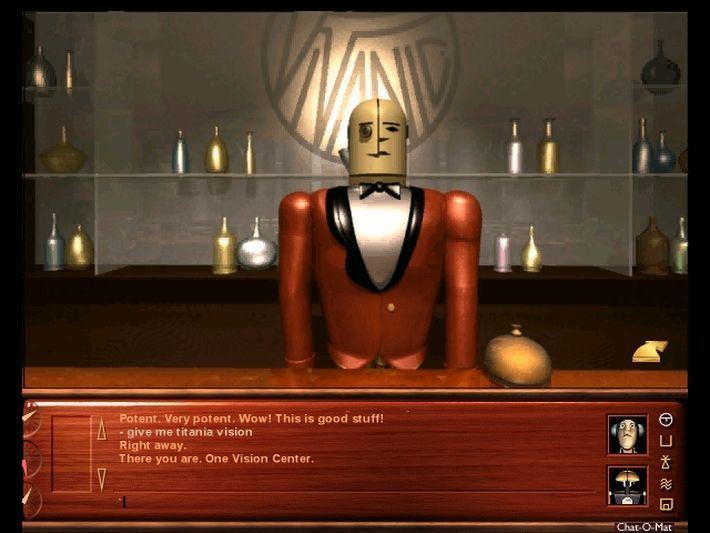
The player acts the part of a human (whose house the starship crashed into) who goes aboard to help fix the ship, and must solve puzzles to collect the parts of the sabotaged onboard computer, Titania.
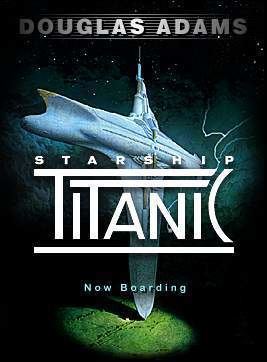
Starship titanic 01 06 english walkthrough
Gameplay
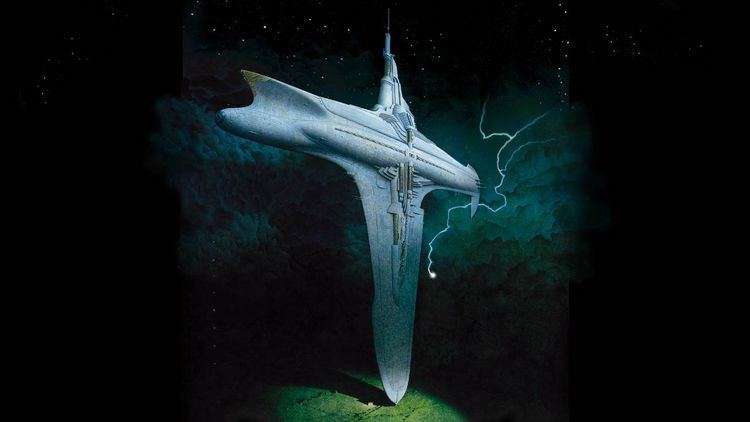
One of the most significant parts of the game is the conversation engine (dubbed "Spookitalk") used to interact with the robot staff on board the ship. Players type what they wish to say into the Personal Electronic Thing (PET) at the bottom of the screen. The robots' responses appear as text in the PET and are also spoken. The conversation engine works by interpreting user input and selecting relevant pre-recorded speech responses.
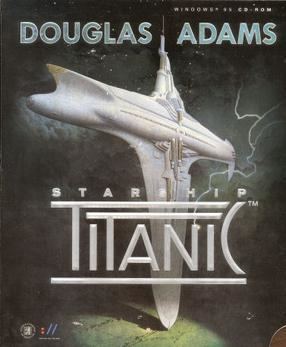
The Spookitalk engine was developed exclusively for the game by creator Douglas Adams and several programmers from The Digital Village, the company working with Adams to develop the game. The engine incorporates over 10,000 different phrases, pre-recorded by a group of professional voice actors. The recorded phrases would take over 14 hours to play back-to-back.
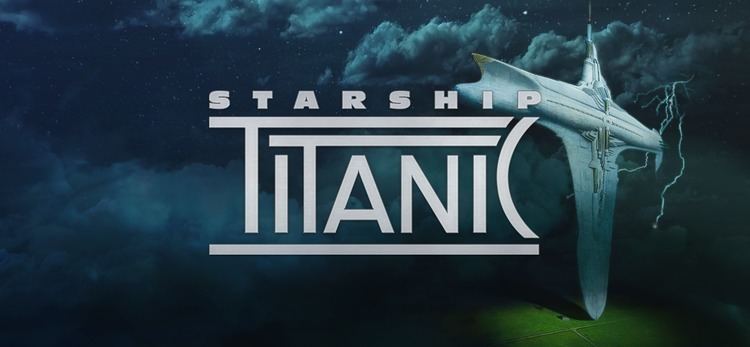
A feature of the game and the starship itself is the "Succ-U-Bus", a communications system which moves physical containers through a network of tubes by vacuum. Messages and objects can be placed in the containers, and the system is used to deliver items to the player from other locations. The name of the system is a play on the word "succubus". Similar systems called pneumatic tubes exist in the real world; for example, those used by supermarkets to offload cash from tills to a secure area.

Among the voice actors for the game are former Monty Python members Terry Jones as the Parrot, and John Cleese (under the pseudonym of Kim Bread, itself an in-joke as this was the nickname John Cleese wished to be credited as when appearing in a Doctor Who serial written by Douglas Adams) as the Bomb. Adams is the voice of the Succ-U-Bus, and plays the part of the ship's creator, Leovinus, in one of the closing scenes. If you turn on the television in the prologue of the game, Douglas Adams will appear and tell you to get on with the game.
Visual style
Starship Titanic features a predominantly Art Deco style in its architectural design, as well as in the design of its robotic characters and ship components. Much of the stylised concept art is credited to Oscar Chichoni, an Oscar-winning Argentine illustrator who specialises in highly detailed, mechanical subject matter, and Isabel Molina, a registered British architect. The two formed a creative design partnership in 1994, and served as the concept and design directors for the game.
Novel
A novel entitled Douglas Adams's Starship Titanic, based on the game, was written by Terry Jones. The book follows a group of three humans who are taken aboard the Starship when it crashes on Earth and returns to the planet Blerontin where it was launched, with various subplots including an on-board bomb, a love-triangle between the characters, and an attempt to commit insurance fraud by the investors in the ship. The book received mixed reviews, many reviewers pointing out that, while Jones' writing was humorous, it compared poorly to Douglas Adams' style, focusing more on slapstick and camp than Adams' other work. The book is available for free online, with all the words in alphabetical order.
The Starship Titanic and "existence failure" were first mentioned in Life, the Universe and Everything, the third book in the Hitchhiker's Guide to the Galaxy "trilogy". This may suggest that the game takes place in the same fictional universe as the Hitchhiker's Guide stories. However, details regarding the ship's construction in Life, the Universe and Everything do not match those in the novel Starship Titanic. If a player in Starship Titanic mentions characters or quotations from the Hitchhiker's Guide series, the game will accuse the player of mixing up different universes.
Alternate reality game
Prior to the game's release, the publishers launched a web site purporting to be that of an intergalactic travel agency called Starlight Travel, which in the game is the Starship Titanic's parent company. The site combined copious amounts of Python-esque writing (by Michael Bywater) with methods commonly associated with alternate reality games to generate interest in the site, and in the game, long after the initial site visit.
A typical example of this occurred when a site visitor filled out a personal information form, including email address and "favorite frog" (from a convenient and long, drop-down list). Approximately one week later, a spam email for something other than Starlight Travel would arrive, and would include a reference to the specific frog that the visitor had selected. Another example involved a series of three emails: The first called the reader's attention to a password-protected area of the Starlight Travel site, the second warned that confidential information was being erroneously emailed and urged the reader to delete (unread) any future emails received, and the third revealed the confidential password for the restricted site: "1".
These emails led visitors to the easter egg site of Star-Struct Inc. (a wholly owned subsidiary of Starlight Lines Corp.), a fictional intranet that gave a behind-the-scenes glimpse into the star-crossed construction of the Starship Titanic. The site, created in 1997, included a hidden "employee forum" that unexpectedly became home to a long-lived fan community, as described by The Economist and Gizmodo.
